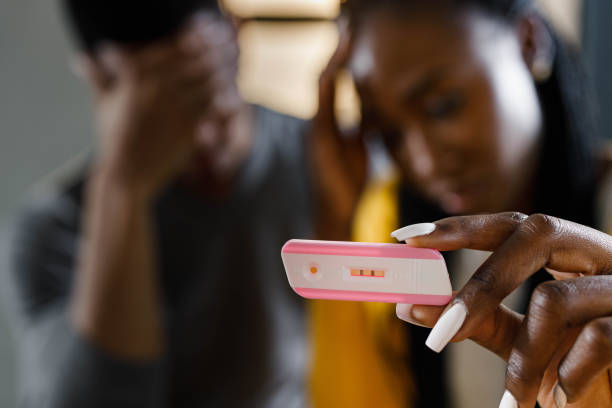Pregnancy strips are simple and effective tools for detecting pregnancy at home. These over-the-counter tests are affordable, non-invasive, and widely available, making them a popular choice for women who want to determine if they are pregnant. By detecting the hormone human chorionic gonadotropin (hCG) in urine, pregnancy strips provide a quick and easy way to confirm a pregnancy. This article explains how pregnancy strips work, their accuracy, and the best time to use them.
How Do Pregnancy Strips Work?
Pregnancy strips are designed to detect hCG, a hormone produced during pregnancy after a fertilized egg implants in the uterus. The test strip contains antibodies that bind to hCG if it’s present in the urine. When a woman uses the test, she applies a urine sample to the strip, either by dipping the strip in a cup of urine or holding it in the urine stream. If hCG is detected, a color change occurs, indicating a positive result.
Most pregnancy strips have two lines: a control line, which appears to show that the test is working, and a test line, which shows the result. If both lines appear, the result is positive, indicating pregnancy. If only the control line appears, the result is negative. Some tests use a “+” or “-” symbol to indicate the results.
Best Time to Use Pregnancy Strips
For the most accurate results, it’s best to use a pregnancy strip after a missed period, which is usually about two weeks after ovulation. This ensures that hCG levels have risen enough to be detected by the test. Some pregnancy strips claim to detect pregnancy as early as the first day of a missed period, but testing a few days later can provide more reliable results.
Additionally, it’s recommended to use the first morning urine for the test. Morning urine tends to be more concentrated, making it easier for the test to detect low levels of hCG, especially in early pregnancy.
Accuracy of Pregnancy Strips
Pregnancy strips are generally very accurate, with many tests claiming over 99% accuracy when used correctly. However, there are a few factors that can affect the accuracy of the results:
- Timing: Testing too early may result in a false negative because hCG levels may not be high enough to detect. It’s important to wait until after the missed period to improve the chances of an accurate result.
- Sensitivity: Different pregnancy strips have varying levels of sensitivity to hCG. Some tests can detect lower levels of the hormone, allowing for earlier detection, while others may require higher levels to show a positive result.
- User error: Not following the instructions carefully or misinterpreting faint lines can lead to inaccurate results. Always read the test within the recommended time frame to avoid confusion.
Interpreting Results
A positive result appears when two lines show up on the strip, even if the second line is faint. If only the control line appears, the result is negative. If no lines appear, the test is invalid, and a new one should be taken.
Conclusion
Pregnancy strips are a convenient, affordable, and reliable way to detect pregnancy at home. By following the instructions carefully and testing at the right time, women can get accurate results that confirm or rule out pregnancy. While pregnancy strips are highly accurate, if the test is positive, it’s always a good idea to follow up with a healthcare provider for confirmation and to begin prenatal care.










